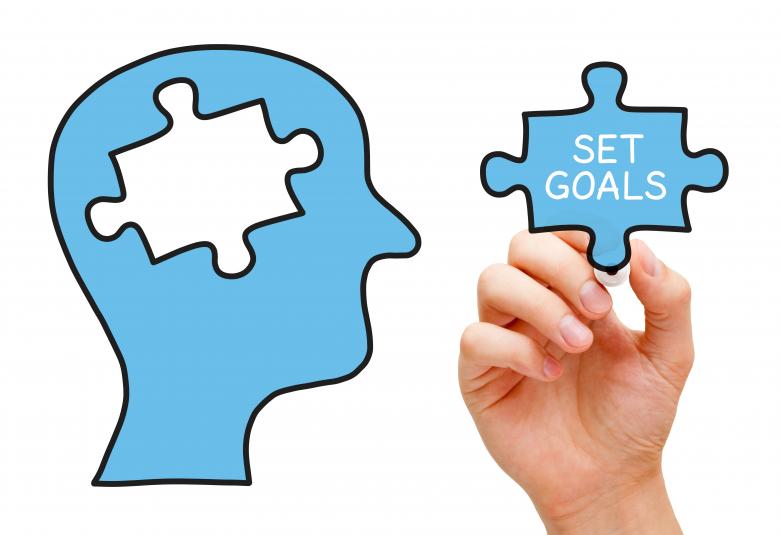Improvement in the most bothersome symptom contributes more to improvement in health-related quality of life than a reduction in monthly migraine days for patients treated with an anti-calcitonin gene-related peptide monoclonal antibody after two to four prior preventive treatment failures. This is the finding of a study presented at AAN 2023.
Anti-calcitonin gene-related peptide monoclonal antibody efficacy mediators
Efficacy mediators were canonical symptoms in Model 1 and patient-identified most bothersome symptom in Model 2
Efficacy measures mediating the effect of an anti-calcitonin gene-related peptide monoclonal antibody (anti-CGRP mAb) on improvement in health-related quality of life (HRQoL) in patients with migraine were analysed using data from DELIVER (NCT04418765). DELIVER was a randomized, double-blind, placebo-controlled trial evaluating the safety and efficacy of an anti-CGRP mAb in patients with migraine and two to four prior preventive migraine treatment failures.1
For the analysis it was assumed that the change from baseline in the three Migraine-Specific Quality of Life Questionnaire (MSQ) domain scores — Role-Function Restrictive, Role-Function Preventive, and Emotional Function2 — could be used to estimate the change from baseline in HRQoL.
A reduction in monthly migraine days explained only one-third of the improvement in quality of life in Model 1
Two structural equation models identified potential effect mediators from treatment versus placebo on HRQoL.
- In Model 1, these mediators were canonical symptoms as defined by International Headache Society diagnostic criteria3 — monthly migraine days (MMD), severe migraine, nausea, light sensitivity, and pulsating headache — a backwards elimination method was used to identify mediators with p values less than 0.05 for the association with HRQoL.
A reduction in monthly migraine days explained only 17% of the improvement in quality of life in Model 2
- In Model 2, the mediator was patient-identified most bothersome symptom (PI-MBS). PI-MBS categories included nausea, vomiting, light sensitivity, sound sensitivity, mental cloudiness, fatigue, pain with activity, mood changes, and “other.” The most commonly reported categories were pain with activity (24.6%), fatigue (14.1%), and nausea (13.9%).
Improvement in the most bothersome symptom contributed most to improvement in health-related quality of life
The analysis revealed that a reduction in MMD explained only approximately one-third of HRQoL improvement in Model 1. Reductions in MMDs, the percentage of severe migraine attacks, and canonical symptoms insufficiently explained how the anti-CGRP mAb treatment improved patients’ HRQoL.
An improvement in most bothersome symptom explained 69% of the improvement in quality of life in Model 2
In Model 2, 86% of the impact of anti-CGRP mAb treatment on HRQoL was explained by either an improvement in PI-MBS (69%) or a reduction in MMD (17%). The impact due to improvement in PI-MBS was therefore much greater than that of a reduction in MMD.
These results suggest that discussing improvements in a patient’s PI-MBS after starting a preventive migraine treatment provides a fuller picture of the impact of the treatment on the patient’s HRQoL than a discussion on the reduction in MMD.4
This study and poster were sponsored and supported by H. Lundbeck A/S (Copenhagen, Denmark).
Our correspondent’s highlights from the symposium are meant as a fair representation of the scientific content presented. The views and opinions expressed on this page do not necessarily reflect those of Lundbeck.




